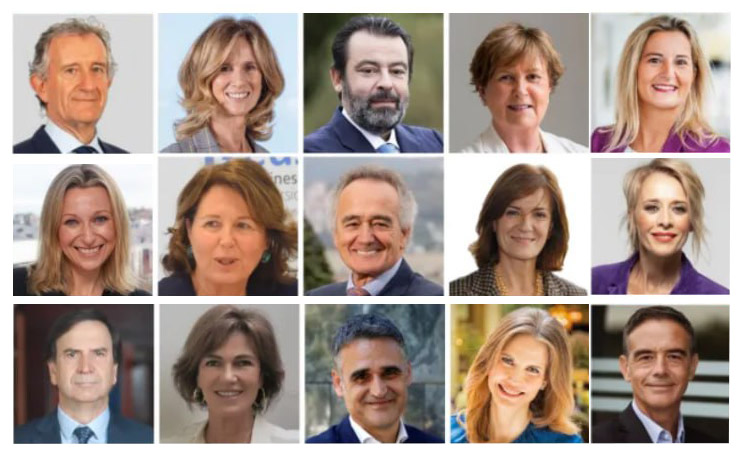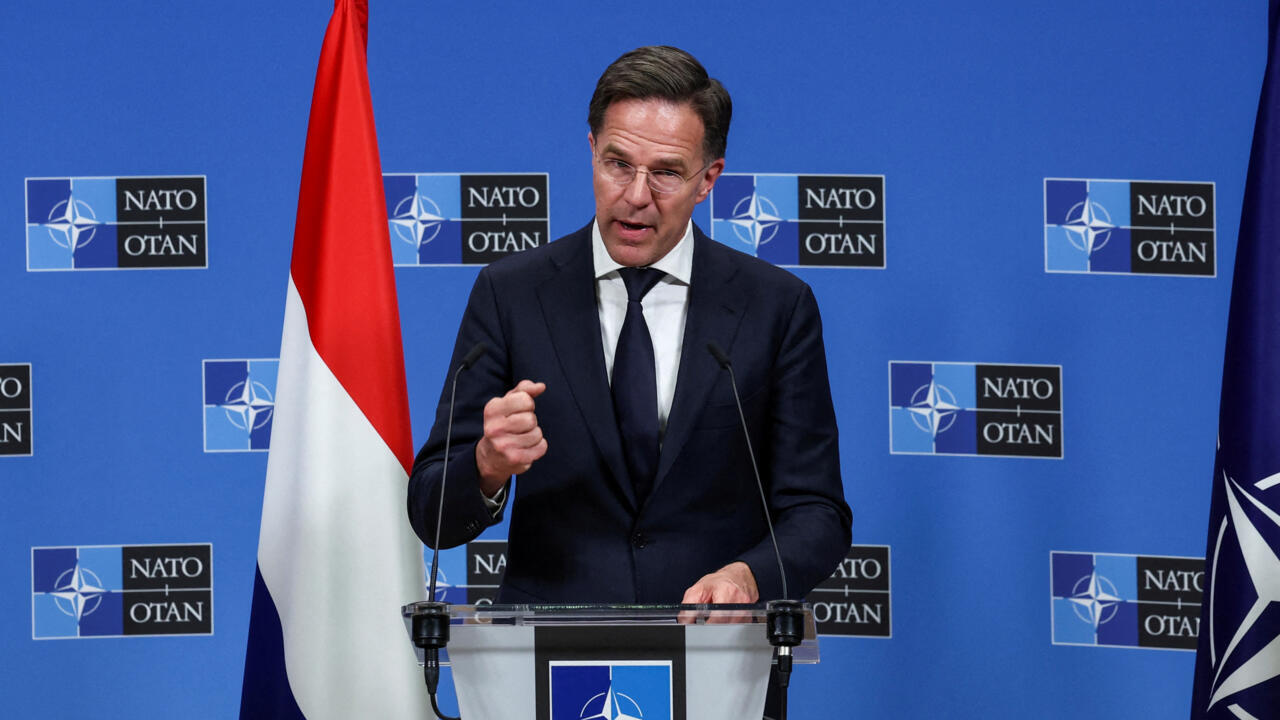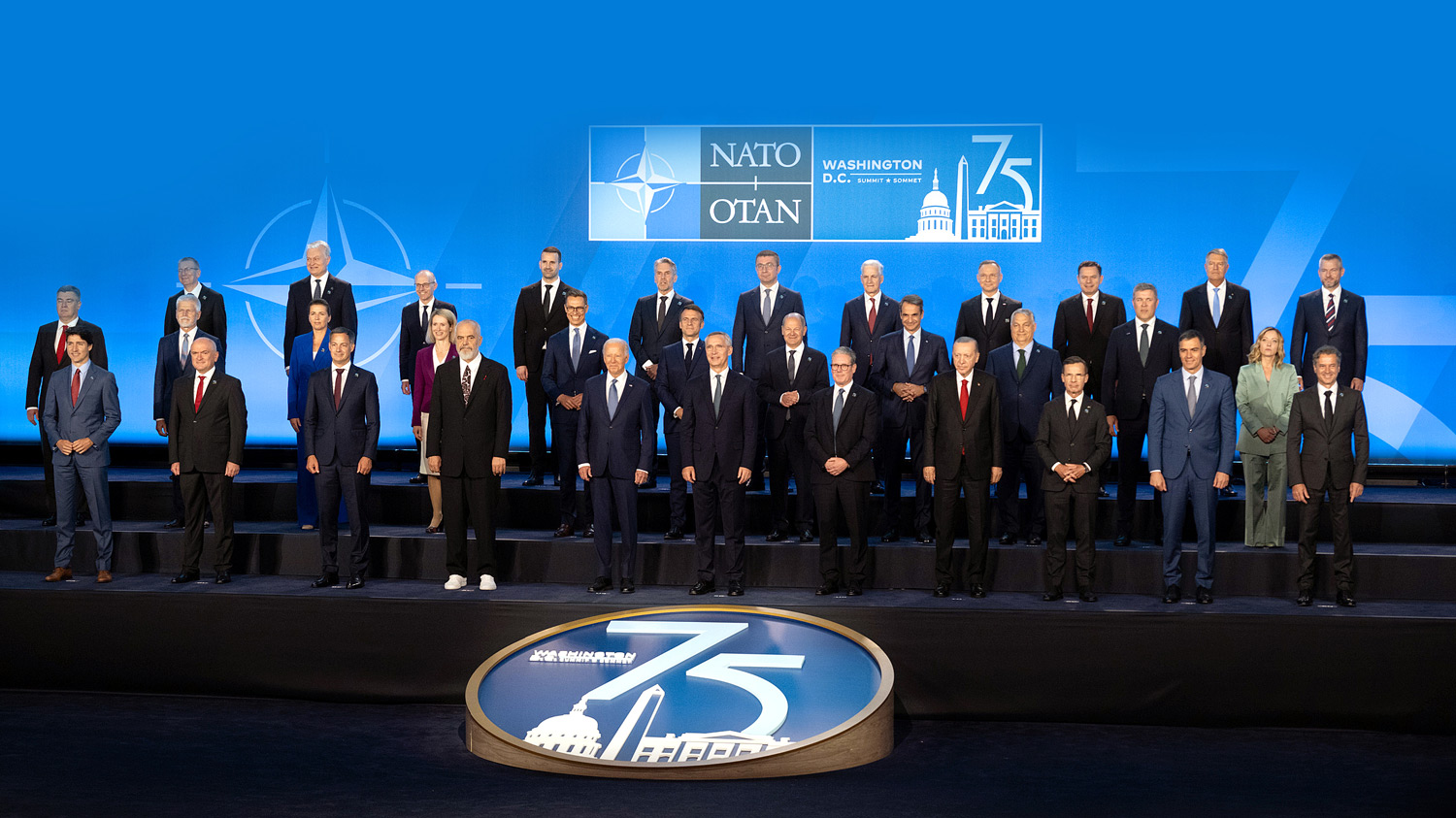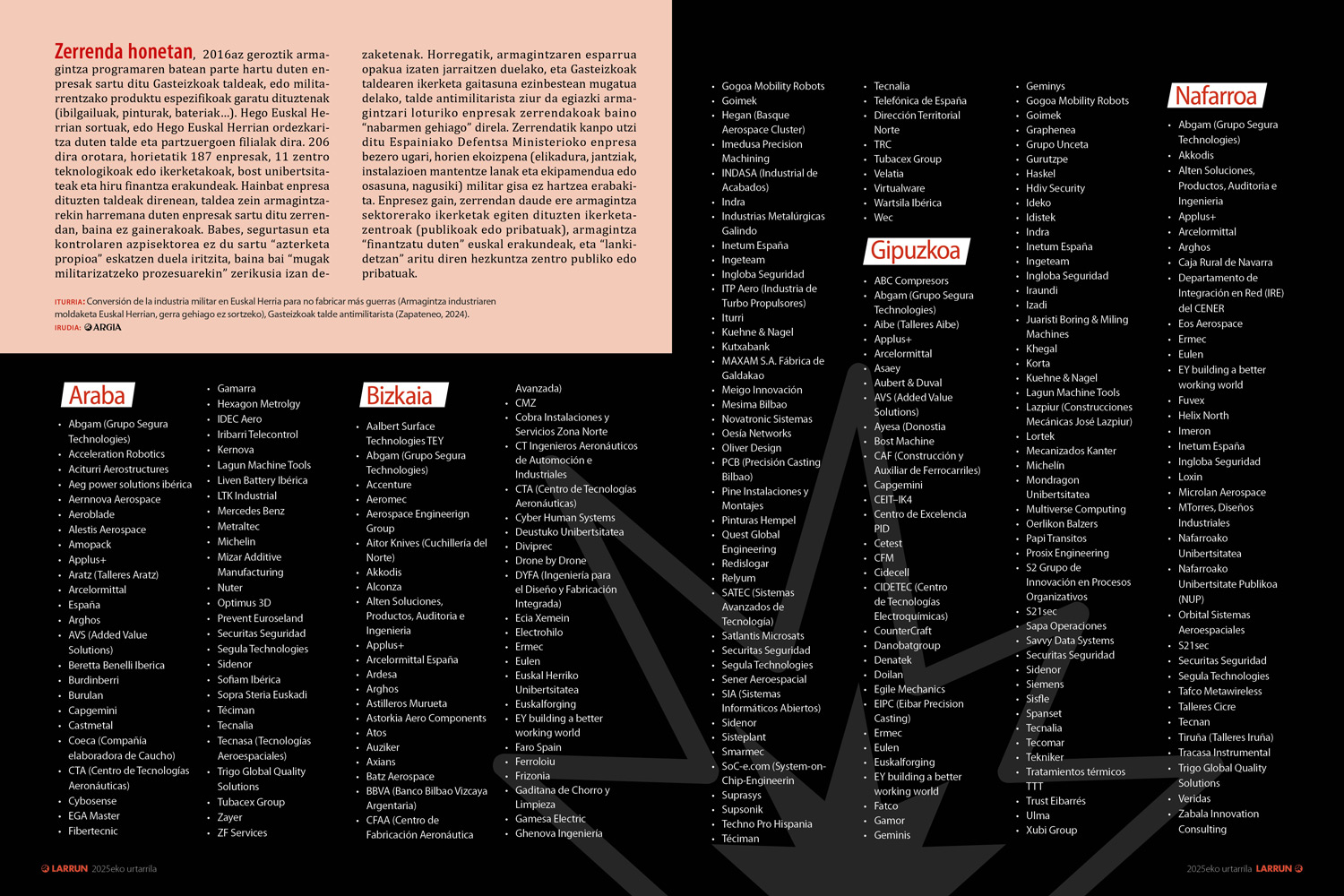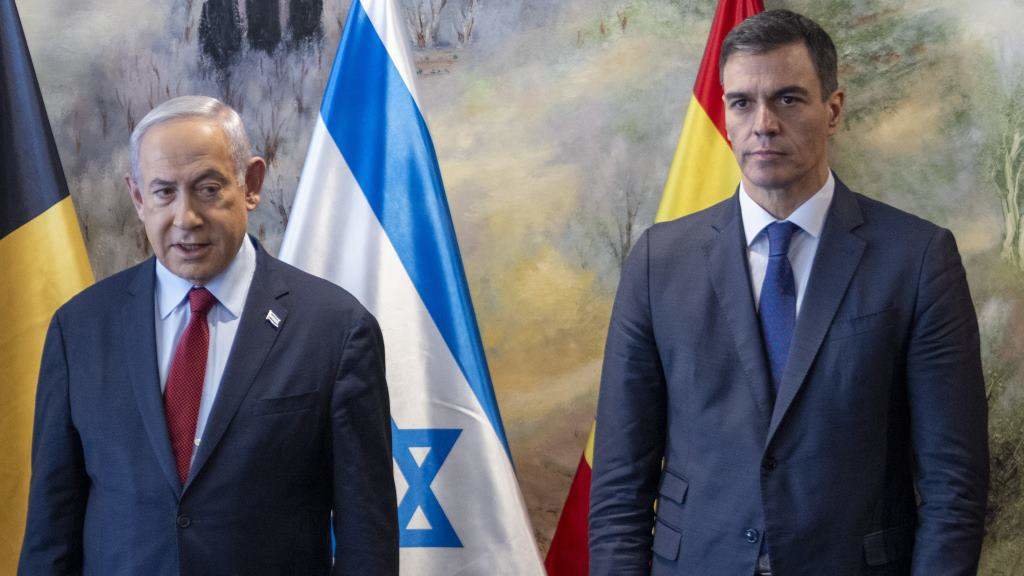Why buy more modern weapons if it's not for use in war?
- The states of the Middle East have spent 61% more on buying arms between 2011 and 2015 than in the previous five years and Saudi Arabia has bought the most in the world, with an increase of 275%. After Russia and China, France has been fourth and Spain seventh.
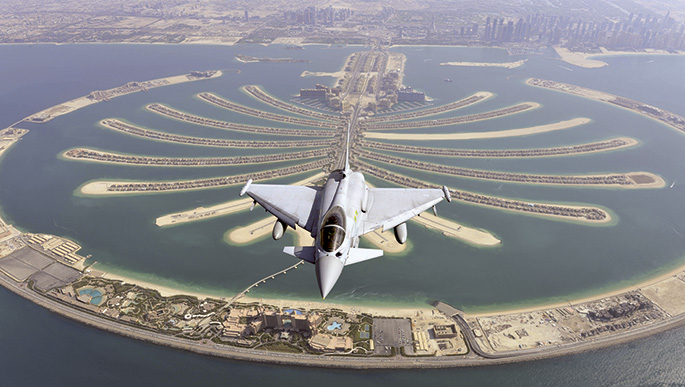
The international arms trade has increased by 14% in the period 2011-2015 compared to the previous five years, according to the Stockholm Institute for International Peace Studies (SIPRI) in the dossier “Trends in International Arms Transfers, 2015”. A 14% less severe than, judging by what he does, the reader discovers that planet Earth is not on the eve of a quiet peace.
SIPRI has a database, powered since 1950, which collects information from large weapons of war that are sold and purchased worldwide by both states and major non-recognized groups as States. The Institute itself claims that “this large set of information made available to anyone helps to understand the influence of these arms movements on peace, stability and violent conflicts in the world.”
What is happening in the Middle East, and what is unfortunately going to happen, can also be understood by counting military spending. The purchase of arms from the countries of the region rose by 61%, but among them stands Saudi Arabia, which is the one that has imported the most weapons worldwide, only with the great India in front of it. 7% of the world's total imports of large arms were purchased by him, much more than by China.
United Arab Emirates is also a small country, but it is very present in imports: 4.6 per cent of world purchases were theirs, almost as large as those of giant China. Catar purchased 279% more than last year, according to the company. Egypt has also increased its purchases in five years. On the contrary, Iran has been able to import very little because of the international embargo, although that does not mean that it has had low military spending, but that it has had to produce at home most of the weapons it has.
One of SIPRI ' s chief investigators, Pieter Wezeman, has stated that the Arab States of the Gulf will continue to buy arms in large quantities in the coming years, despite the fact that their finances are tightened by the low price of oil: they closed large contracts in times of expensive oil. The quantity of weapons they have purchased is directly related to the promotion of war by Saudi Arabia and its allies in Yemen and elsewhere.
Just as Africa and Asia have greatly increased the imports of the large saquites, the situation in America is more complicated. The United States has remained the largest arms importer in the world (as it is also the largest exporter), but at the same time those in South America have missed their purchases.
Many countries have reduced their imports, but not all. Venezuela, plunged into a serious economic crisis, has continued for five years to receive and pay from abroad a large number of arms for the signing of its contracts. On the contrary, Mexico does not seem to want to change trend, which increased by 331% the purchases of arms, mainly due to the famous war of drug trafficking, and Brazil: In 2015, it commissioned a total of 36 fighter aircraft to Sweden and five to France under the sea.
Together with the Middle East, Asia is the world’s largest arms buyer and within it is India’s champion. India has bought three times more of the weapons it has bought in Pakistan and China, which are its neighbours. China has moved from being an importer to being one of the major exporters. Vietnam is another of the most striking examples in the area: It increased its purchases by 699% in five years.
If vis bellum, for bellum
Europe has reduced arms imports to almost half the average in the last five years, despite the fact that a number of fair countries are beginning to do large tasks, mainly those that limit Russia, since the crisis in Ukraine.
Among Europeans, SIPRI highlights the case of Greece: it has reduced expenditure, but it has had to continue to buy and pay the orders made in 2000, amid the worst economic crisis. It must not be forgotten that Turkey has in the neighbourhood and as it bought six submarines, Greece commissioned the same vendor, that is to say ... to the Germany that wants to choke it with external debt.
In the rich eight-page SIPRI dossier, the salesmen’s dossier is as significant as the list of buyers of war weapons. With a market share of 29% to 33% of total sales in the world. The best customers are Saudi Arabia, United Arab Emirates and Turkey. It sells to 99 countries in the world and is the main supplier of aircraft.
Secondly, Russia occupies a quarter of the market. The largest customers are India, China and Vietnam. The Russians have also increased their sales within five years, but since 2014 they have been greatly reduced, probably by the embargo following the war in Ukraine.
The third exporter is China itself, but with a much smaller share, barely 6%, although it almost doubles it. The best shoppers are in Asia: Pakistan, Bangladesh and Myanmar.
France, with 5.6% of the market, ranks fourth. Morocco, China and Egypt are the best shoppers. Germany has 4.7% of the market with the most loyal receivers from the United States, Israel and Greece. Britain does the best business with Saudi Arabia, India and Indonesia.
In seventh place is Spain, with 3.5% of the share but with a 55% increase in sales, compared to Germany and France. Spain sells arms, mainly to Australia, Saudi Arabia and Turkey.
The list of sellers and buyers in itself makes it very easy to understand global geopolitics. For example, the problems that Europe and the United States have in the Syrian crisis to attract Turkey and Saudi Arabia to their peacemaking interests. It was not bad what he said “the customer is always right.”
SIPRI has highlighted in its report the importance of two sections of the international arms trade. In the area of sophisticated military aircraft for air strikes, 555 have been sold in five years, 209 in Russia, 175 in the United States, 74 in China... Import-export operations have also started in the drone sector, although there are still few in comparison with aircraft.
Submarines have undergone a major change in recent years. The United States and Britain only produce nuclear submarines, and they don't sell them. Over the past five years, 15 submarines have been sold, but 48 have been sold over the next five years. The strongest hits: Germany will sell 6 to Turkey, 5 to South Korea, 4 to Egypt. France 6 to India, 5 to Brazil. China 8 Pakistani, 2 Bangladeshi.Vueltas and turned to another firearm if there is no need to get angry.
Pilar Calcada is part of the Cedars group. On January 15th, the group called to take advantage of the “excellent opportunity” that will exist in the coming years to boost the arms industry, in an ostentatious event that resonated a lot. According to the study of the... [+]
On January 15, the techno-business lobby called Cedarios presented its 6th report, Euskadi and the European Union, the shared destiny of prosperity and competitiveness. This neoliberal Think Tank, made up of eminent experts drawn from the world of finance, presented a magical... [+]
Lehen aldia da Hego Euskal Herriko euskal gehiengo sindikalak armagintza industriaren moldaketaz taldean eta modu publikoan hitz egiten duena. Aurreko hilabeteotan mugimendu antimilitaristak bilera bana egin du lau sindikatuokin, produkzio militarra “sozialki... [+]
Armagintzaren “moldaketa eraldatzailerako” proposamena publiko egin berri du mugimendu antimilitaristak. Conversión de la industria militar en Euskal Herria para no fabricar más guerras (Armagintza industriaren moldaketa Euskal Herrian, gerra gehiago ez... [+]
On 26 December, during an air strike, the Israeli Army killed five Palestinian journalists trying to reach the city. They killed 130 Palestinian journalists. This news has reminded me of a couple of things, the first, the persecution of true journalists in any part of the world,... [+]
When we read in ARGIA the article "Children, Police, Micronutrients", we felt very identified with what the vitorians are living in the antimilitarist group in relation to social militarization. Recently, from different local groups and platforms, we have been asked for data on... [+]













